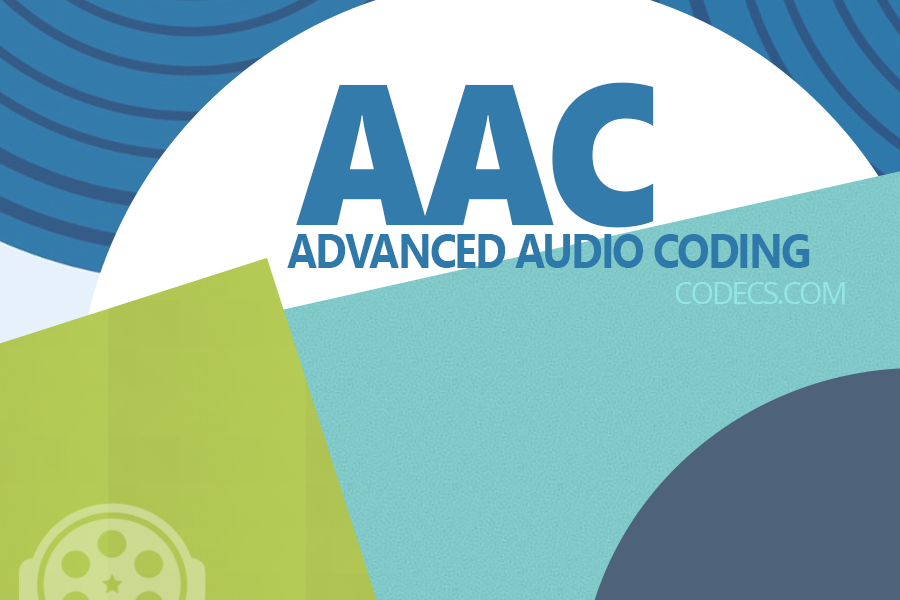Understanding the Differences Between AAC, AAC-LC, and AAC-HE
Audio formats can be a maze of acronyms and technical terms, leaving many users scratching their heads. Among these, AAC, AAC-LC, and AAC-HE stand out as common but confusing options.
Let's see the differences and similarities between them, helping you navigate the audio landscape more confidently.
AAC (Advanced Audio Coding):
AAC is a versatile audio compression format known for its ability to deliver high-quality sound with efficient file sizes.
Widely used in streaming services, digital radio, and various digital platforms due to its balance of quality and compression efficiency.
Suitable for a wide range of applications, from mobile devices to professional audio production.
AAC-LC (Low Complexity):
AAC-LC is a specific profile within the AAC format, optimized for lower computational complexity and broad compatibility.
Offers excellent sound quality while being easier to decode, making it ideal for devices with limited processing power.
Commonly used in platforms like iTunes, YouTube, and digital radio broadcasting.
AAC-HE (High Efficiency):
AAC-HE, also known as AAC+ or AAC Plus, is an extension of the AAC format designed for even greater compression efficiency.
Utilizes more advanced encoding techniques to achieve higher compression ratios, reducing file sizes without significant loss of audio quality.
Particularly suited for low-bitrate applications such as streaming over limited bandwidth or storing audio on devices with constrained storage capacity.
Now, What are the differences between AAC-LC and AAC-HE?
Compression Efficiency:
AAC-LC: Offers a good balance of audio quality and file size efficiency. It's suitable for most audio applications and devices.
AAC-HE: Provides higher compression efficiency compared to AAC-LC, making it ideal for low-bitrate scenarios where conserving bandwidth or storage space is crucial.
Audio Quality:
AAC-LC: Delivers excellent sound quality, especially at higher bitrates. It's widely regarded as a standard for high-quality audio compression.
AAC-HE: Maintains good audio quality even at lower bitrates, thanks to its more efficient encoding techniques. However, some subtle differences in audio fidelity may be noticeable compared to AAC-LC, especially at higher bitrates.
Compatibility:
AAC-LC: Widely supported across various devices and platforms due to its broad compatibility. It's the preferred choice for most consumer electronics and digital platforms.
AAC-HE: While increasingly supported by many modern devices and software, AAC-HE may not be as universally compatible as AAC-LC. Compatibility should be considered when choosing between the two formats.
AAC-LC and AAC-HE are both variants of the AAC format, offering different trade-offs between compression efficiency, audio quality, and compatibility.
AAC-LC is suitable for general-purpose audio applications, while AAC-HE excels in scenarios where maximizing compression efficiency is paramount, such as low-bitrate streaming or storage.
Understanding these differences can help you make informed choices when selecting audio formats for your various needs.
To better understand, check this brochure: AAC Codec Overview (pdf file) and these tools, if you want to work with AAC encoded files:
FAAD2 (Freeware Advanced Audio Decoder) - for decoding AAC in MPEG-4 and MPEG-2.
FAAC (Freeware Advanced Audio Codec) - for encoding AAC in MPEG-4 and MPEG-2.












